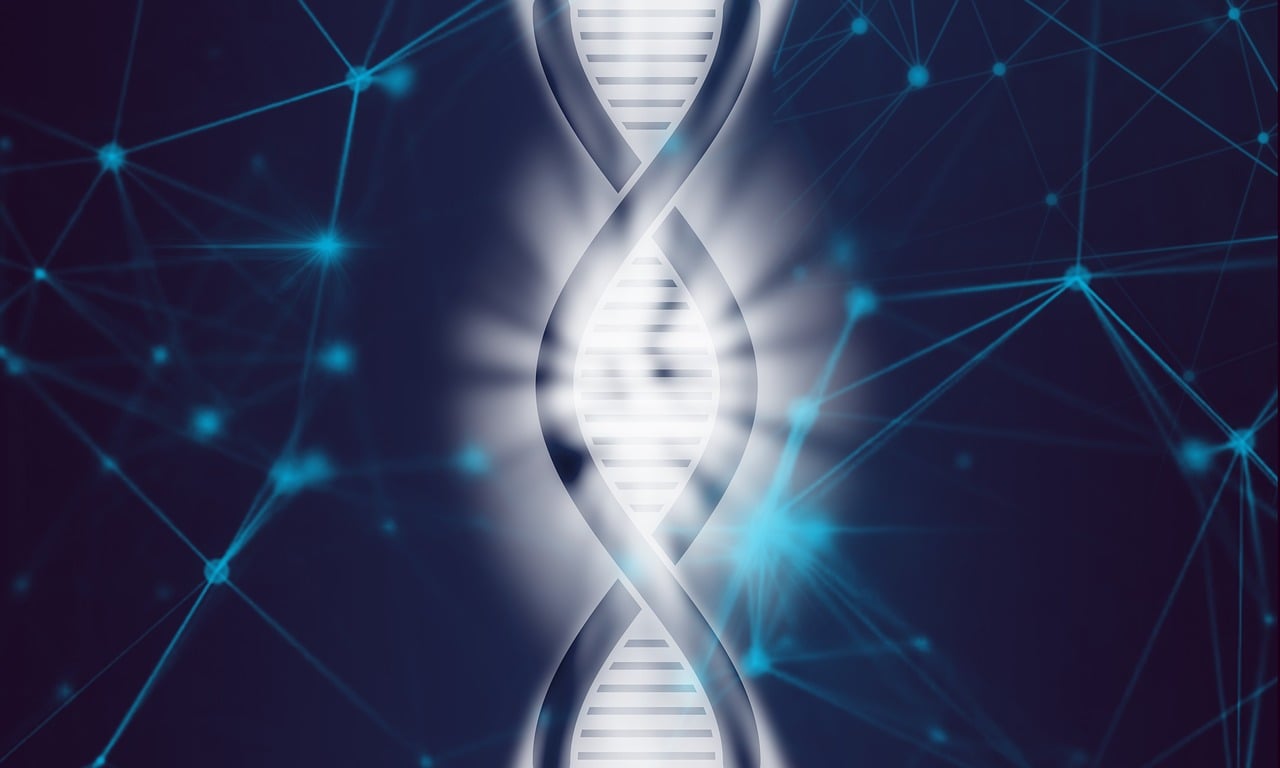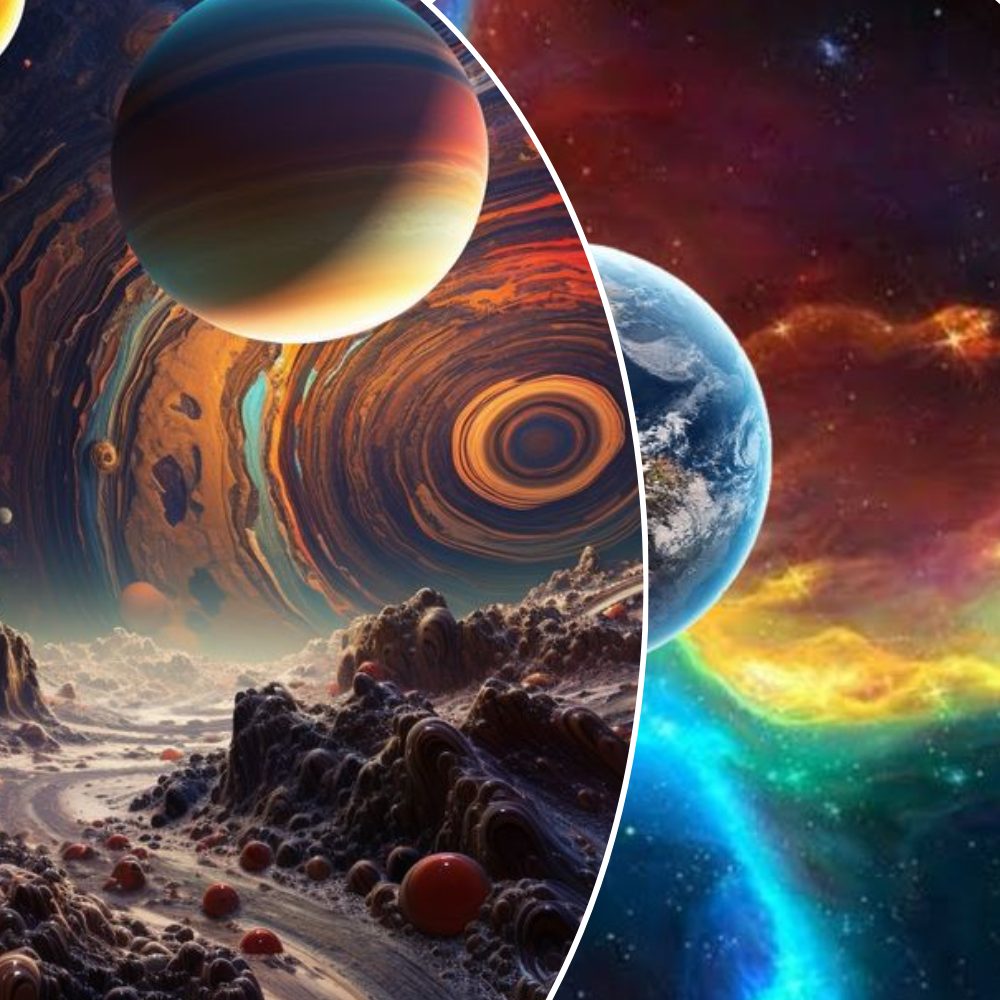
Credit: TheDigitalArtist/Pixabay
Scientists could soon use common lab technology along with sophisticated algorithms to answer one of the biggest questions in all of astronomy — are we alone in the universe?
In new research published today in Proceedings of the National Academy of Sciences (PNAS), a team of scientists announced a novel technique that can take a sample of a material, feed it through a machine-learning algorithm, and find out if the material did — or didn’t — come from a living organism with 90 percent accuracy.
Cracking the code
Current technology is sophisticated enough that, if you placed it in a future Mars rover, it could take a given sample of material and find out if it contains traces of life, even if martian life is different than our own. The technology, according to study co-author Robert Hazen of the Carnegie Institution for Science, could even fly through the plumes of Europa and sort out the chemistry there — a pretty quick and efficient way to figure out the details of life in our solar system.
The underlying tech is simple enough that it was equipped on NASA’s Mars Viking landers 46 years ago for the famous labeled release experiments that left a big question mark about life on the Red Planet. Called pyrolysis–gas chromatography–mass spectrometry (pyrolysis-GC-MS), it uses heat (hence pyrolysis) to burn a sample of a material. Then a spectrometer breaks down the chemical residue from that material (smoke, for lack of a better term) to determine what chemicals were present. According to Hazen, the tech is found in “just about every organic chemical lab, forensics lab, industry, and more.”
So why didn’t Viking put the question of life on Mars to bed right around the time The Clash was playing its first gigs? Partially, it’s because of the resolution limits of the data. But also it relies on the other half of the current experiment: artificial intelligence. Study lead author Henderson Cleaves likens what the algorithms do to a kind of cryptography, the cracking of codes.
“It’s kind of related to the old days of cryptography where people did simple substitution codes,” Cleaves, a professor at the Tokyo Institute of Technology’s Earth-Life Science Institute, says. “So you’d swap T for E and Z for S and do one-to-one. You could tell what language message was written in just from the frequency of the symbols.”
The team assembled a bunch of materials, some generated by living things, others non-living. “Collecting the samples was really fun,” Hazen says. “Bugs and leaves collected during walks in the woods, contacting old friends for their samples, geology field trips, and even a trip to the beach!”
Finding life elsewhere


The new technology could answer questions about worlds with familiar chemistries, like Mars, Europa, and Enceladus, where water plays a huge role. Even if life arose under different conditions than life on Earth, it will still play by some of the same underlying rules.
But solar system worlds exist that could hold more exotic life. For instance, on Titan, water is frozen as hard as bedrock on the surface, but it is the only body in the solar system to have hydrocarbon rivers and lakes of ethane and methane. A 2015 paper suggested that life on the saturnian moon could use something other than lipids as its cell walls, namely vinyl cyanide, which is present on that world.
Cleaves says the new tech could possibly find life even this exotic on Titan, with its alternative chemistry. A sample would be burned, the spectrometer would analyze it, and from there the algorithm would sift through it. The algorithm would sort it into two categories: chemicals we know to occur in nature, and chemicals that are more anomalous. From the anomalous measurements, you could still find biological markers.
“So, if a [life-form] decided that to adapt to its environment, it needs to be this way and the way that it needs to be is outside of the measured ranges, we would pick that up,” Cleaves says.
But then there’s the next question: What about life beyond our solar system? Recently, the James Webb Space Telescope may have detected traces of a compound called dimethyl sulfide on the exoplanet K2–18b, located 124 light-years from Earth. That planet isn’t much like anything we have in our solar system. Its mass is between that of Earth and Neptune, and it probably hosts an oceanic surface under high gravity. Methane and carbon dioxide suggest the existence of an ocean, but, at least on Earth, dimethyl sulfide is produced primarily by phytoplankton. Because a “Hycean” (hydrogen atmosphere + water ocean, so hydrogen+ocean) world is so different than anything in our solar system, maybe some other process is at work.
For now, it’s a little out of reach, Cleaves says. The algorithm could sort through high-resolution atmospheric spectra for the fingerprints of life. It can be applied to “any type of data,” Cleaves says, including atmospheric spectra. But, he suggests, “I don’t think the spectra we’re able to gather from planets around other stars has enough features or resolution to really use this technique effectively.” As Cleaves points out, we have plenty of intriguing places closer to home to look at, places we could get to in a few months or a few years’ time.
Earthbound applications also exist. The paper uses the example of a contentious mineral deposit found in the Pilbara Craton region of Australia. A debate has raged for a while about samples from this area: Some scientists contend they’re early evidence of life on Earth, at nearly 3.5 billion years old, but others maintain they were produced by a natural, but abiotic, process.
Already, Cleaves says, scientists from around the world are sending in such samples. The team also wants to look at martian meteorites that fell to Earth for traces of life. Medical applications also exist using the ability of the algorithm to sort chemicals to look for cancers or markers of autoimmune diseases that rise from foreign cells making their way into someone via a process called microchimerism.
“There’s just so many applications for this,” Cleaves says. “That’s pretty exciting.”





